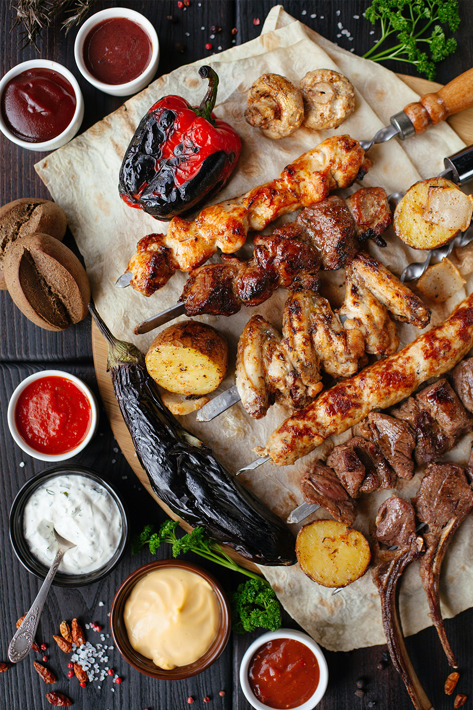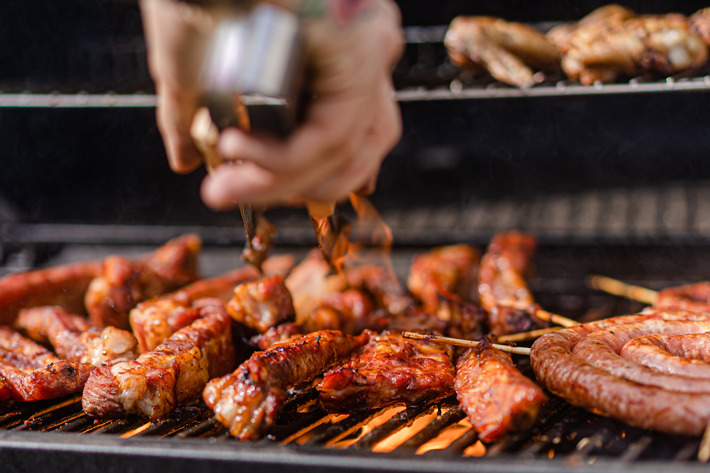
The history of braai in South Africa
Delve into the rich history of this beloved South African tradition.
21 Sept 2023
Delve into the rich history of this beloved South African tradition.
21 Sept 2023
The tantalising aroma of marinated meats wafting through the air, the sizzle of juicy steaks hitting the grill, and chatter amongst friends and family gathered around a fire – these are the quintessential sights and sounds of a South African braai. We are proud to honour this beloved South African tradition at both The Oyster Box Hotel, The Twelve Apostles Hotel & Spa and Bushman's Kloof Wilderness Reserve & Wellness Retreat year round. From braai's humble beginnings to its current status as a cultural cornerstone, discover the story of the braai which mirrors the nation's diverse heritage and unwavering spirit.
The word "braai" is derived from the Afrikaans language, where it simply means "barbecue" or "grill." However, the practice of cooking meat over an open flame has ancient roots in South Africa. Indigenous peoples like the Khoikhoi and San communities have been using open fires for centuries to cook their food.
When European settlers, particularly the Dutch, arrived in the Cape of Good Hope in the 17th century, they brought with them their culinary traditions, including grilling meat over an open flame. The Dutch term "Braaivleis," meaning "grilled meat," became integrated into South African culture.

As South Africa's diverse population grew over the centuries, so did the braai's cultural significance. The practice became a way for people from various backgrounds to come together, share stories, and celebrate their shared love for good food. In the 19th century, the British influence added new elements to the South African braai, introducing sausages, marinades, and sides like chutney and potato salad.
During apartheid, the braai became a symbol of unity and resistance. Non-white communities were often denied access to public parks and beaches, leading them to create their own gathering spots for braais in their backyards and townships. The braai became a source of comfort, cultural preservation, and community building during this challenging period.
In 1995, South Africa underwent a historic transformation when Nelson Mandela was elected as the country's first black president. To commemorate this event and celebrate the nation's diverse cultural heritage, National Heritage Day was established. It was on this day that the 24th of September officially became known as "National Braai Day."
Today, National Braai Day is a celebration of South Africa's multiculturalism, bringing people from all walks of life together to share a meal cooked over an open flame. It has also spread beyond South Africa's borders, with people around the world joining in the festivities.

A braai isn't just about cooking meat; it's about creating an experience. Here are some key elements of a South African braai:
The South African braai is more than just a way to cook meat; it's a cultural phenomenon that reflects the nation's history, unity, and resilience. Whether you're in South Africa or halfway across the globe, take this day to savour the flavours, stories, and warmth of the braai tradition.
Discover
The Kadoro is the ideal for romantic private dining and intimate groups, a dinner by candlelight will give you a glimpse into a bygone era. Enjoy this rural setting alongside an exquisite culinary experience of delicious braais or wholesome soups and stews.
Find out more